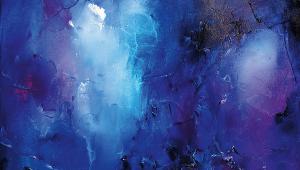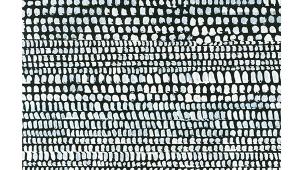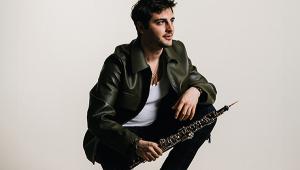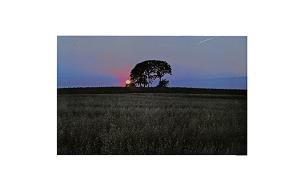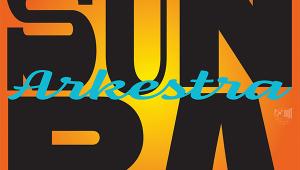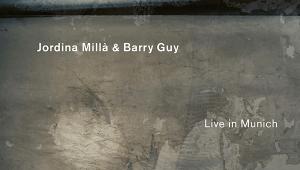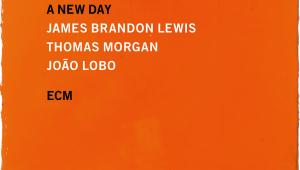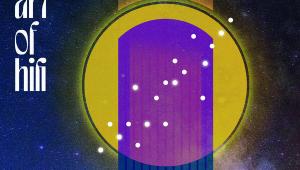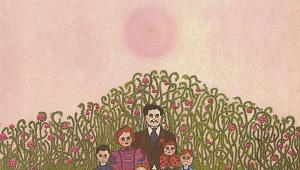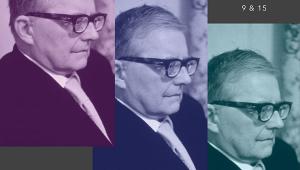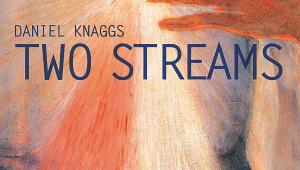Hi-Res Downloads, June 2021
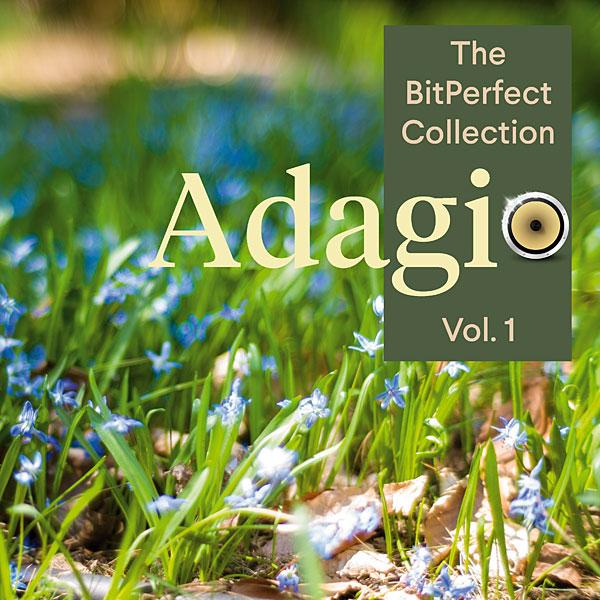
 The Bitperfect Collection Vol.1
The Bitperfect Collection Vol.1
Adagio (DSD64-512; 96-192kHz/24-bit FLAC)*
www.nativedsd.com; Native NDSD019
Compilations can be a curate's egg, but this – from the catalogue of Channel Classics – is different. Programmed by Richard Murison of Montreal-based BitPerfect, it's curated as a sequence of music, from the opening 'In Paradisum' from the Duruflé Requiem, a fine performance of the fugue from Ravel's Le Tombeau de Couperin, and the ever-reliable Budapest Festival Orchestra under Iván Fischer in Stravinksy, Tchaikovsky and Wagner. The fugue and finale from Britten's Variations On A Theme Of Frank Bridge is dramatic in the hands of the Amsterdam Sinfonietta, and Anna Fedorova's in sparkling form with the eighteenth of Rachmaninoff's Variations On A Theme Of Paganini. Classics makes fine recordings, and this is an excellent introduction to the label, and affordable too – from £8.99 in 96kHz/24-bit FLAC to £11.99 for the DSD64 in which much of this offering was created. AE
Sound Quality: 85%

Lab Report
Most tracks are native DSD64 [trk 7 is DSD128, green; trk 11 LPCM-to-DSD], so the 'upsample' to DSD128 still carries the same ultrasonic requantisation noise. The 192kHz/96kHz conversion [black] looks to be filtered before downsampling. PM
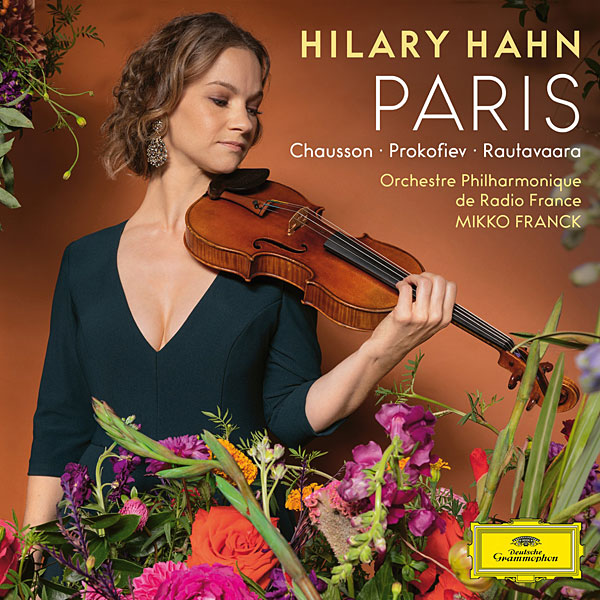
Hilary Hahn, Radio France PO/Mikko Franck
Works by Chausson (Poème), Prokofiev (Violin Concerto No 1) and Rautavaara (48kHz/24-bit, FLAC)
www.highresaudio.com; DG 483 9847
Hilary Hahn's Paris album reflects her love for the city – her 1865 Vuillaume violin was made there; now deeply unfashionable, the Paris composer Chausson's Poème was dedicated to Hahn's teacher's teacher Ysaye; and she works often there with Franck, a champion of Rautavaara's music. Here we have their Feb '19 recorded premiere of the Deux Sérénades, a commission virtually completed when the composer passed away (final orchestration was by his pupil Aho). It's not 'difficult' contemporary music – indeed, No 2 had me thinking of 'Vltava'. The Prokofiev (Paris premiere, 1923) should make you want the download: Hahn's playing is spirited and technically impeccable, and there's great rapport with Franck. But a decidedly unclear soundstage drops the rating. CB
Sound Quality: 80%
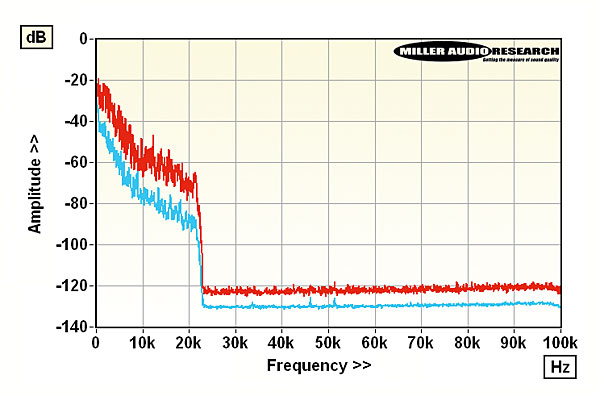
Lab Report
Recorded under the auspices of Deutsche Grammophon GmbH this is a clean file but one where the extended string harmonics are abruptly truncated by the ~24kHz bandwidth of the 48kHz sample rate. Why was 96kHz not available? PM
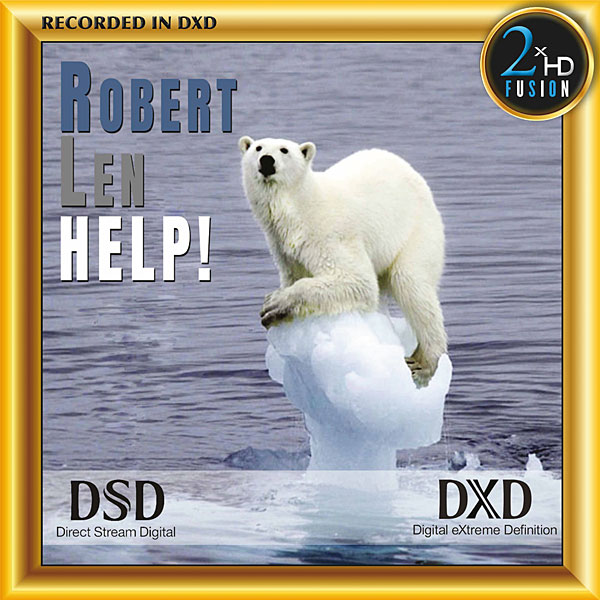
Robert Len
Help! (DSD64/128/256/512; DXD/24-bit, FLAC)*
www.nativedsd.com; 2xHD 2XHDRL1198
The 2xHD label might be best-known for its revivals and re-masterings of classic recordings from the past, but here we have a new release by multi-instrumentalist Robert Len, who not only played everything, but also recorded and mixed the whole thing at Studio Apollonia in Winnipeg, Canada. Mastered in DXD, this is the latest in Len's series of environmentally-themed albums, as you may have guessed from the cover. Following on from his albums Fragile and Hope, also on 2xHD, it mixes Len's original compositions with pieces from the likes of Rodrigo, Ravel and Paul Simon to great effect. The pace is wistful and contemplative, and the arrangements and recordings lush, so you tend to sink into the sound – it's a gentle, relaxed set, but the excellent instrumental tonality and Len's superb performances make this album a real sonic treat. AE
Sound Quality: 80%
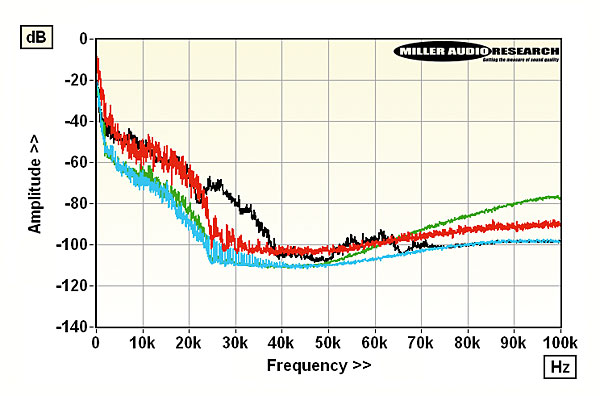
Lab Report
The source is DXD [peak, red; RMS, blue] and there is a ~5.7dB difference in level between this and the 'quieter' DSD128 rendering [green]. However, some tracks show evidence of mis-interleaved 48kHz samples [trk 11, black]. PM
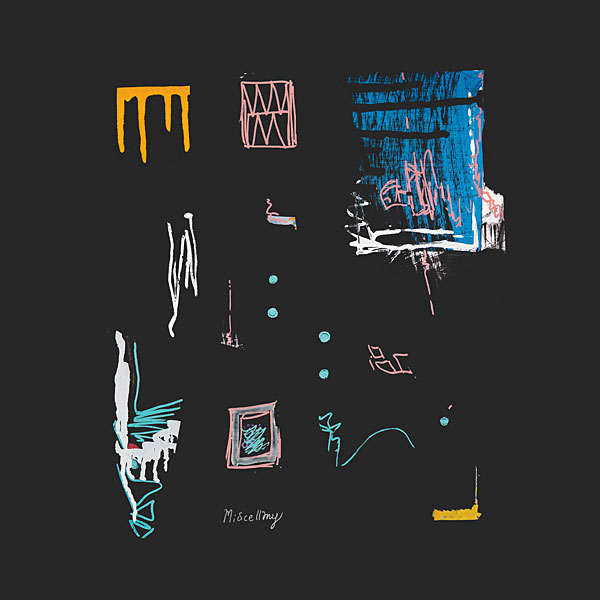
Origamibiro
Miscellany (48kHz/24-bit, FLAC)
www.denovali.com; Denovali DEN348
Origamibiro has been 'dark' for more than five years, but this album sees composer/producer Tom Hill again joining forces with multi-instrumentalist Andy Tytherly to explore the whole concept of 'found sound' – not just conventional instruments, but all kinds of objects. Indeed, we're promised here that, as well as the likes of viola da gamba, piano, zither, singing bowl, glockenspiel, drum machines and gongs, 'Forest brambles and plastic toy Easter eggs are examined in surgical detail alongside the debris of demolished piano parts, to be repurposed into whatever sonic potential they offer up'. Pretentious though that may all appear, the effect is anything but: we're treated to washes of sound, striking rhythms and occasional rich strings – yes, the sampled natured of so much of the sound means this set is sometimes a little raw-edged, but it's constantly intriguing. AE
Sound Quality: 80%

Lab Report
Despite the array of sampled content on this album, everything 'digital' sits at the promised 48kHz rather than the lower rates used by some synthesisers. 11 of the 12 tracks peak at –0.2dBFs (trk 4 at –0.9dBFs) and dynamic range is good. PM
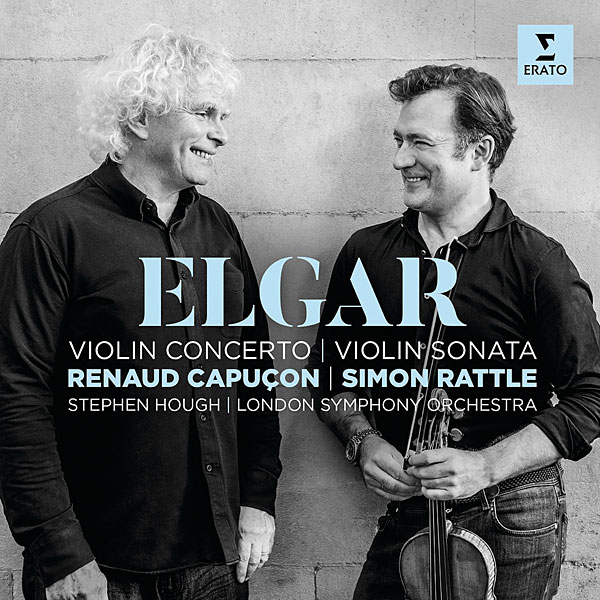
Renaud Capuçon, Stephen Hough, LSO/Sir Simon Rattle
Elgar: Violin Concerto; Sonata (192kHz/24-bit, FLAC)
www.highresaudio.com; Erato 9029511282
The Concerto was recorded last September at the LSO's St Luke's home, all the players suitably spaced. Capuçon first came to the work via the historic Menuhin recording and shares with Rattle admiration for Albert Sammons' 78s. Besides Philippe Graffin, who followed the manuscript, he seems to be the only French violinist to have recorded this Concerto. This is of course Rattle's third version (Kennedy, Haendel) and he's with Capuçon all the way, providing much-needed energy, as the soloist – unusually recessed I thought – favours withdrawn contemplative playing at the cost of momentum. The Sonata was produced two days earlier, at St Jude's in Hampstead Garden Suburb. No reservations here, as Stephen Hough (playing a Yamaha CFX grand) ideally partners Capuçon, and even mostly leads the performance. CB
Sound Quality: 80%
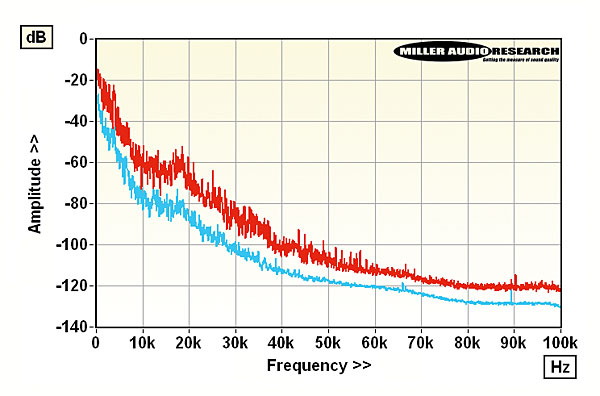
Lab Report
While piano (in the Sonata) barely extends to 10kHz, the violin harmonics radiate out to a full 60kHz – note the reservation expressed in the Paris Lab Report. So, good use of 192kHz sampling and excellent dynamic range too. PM


